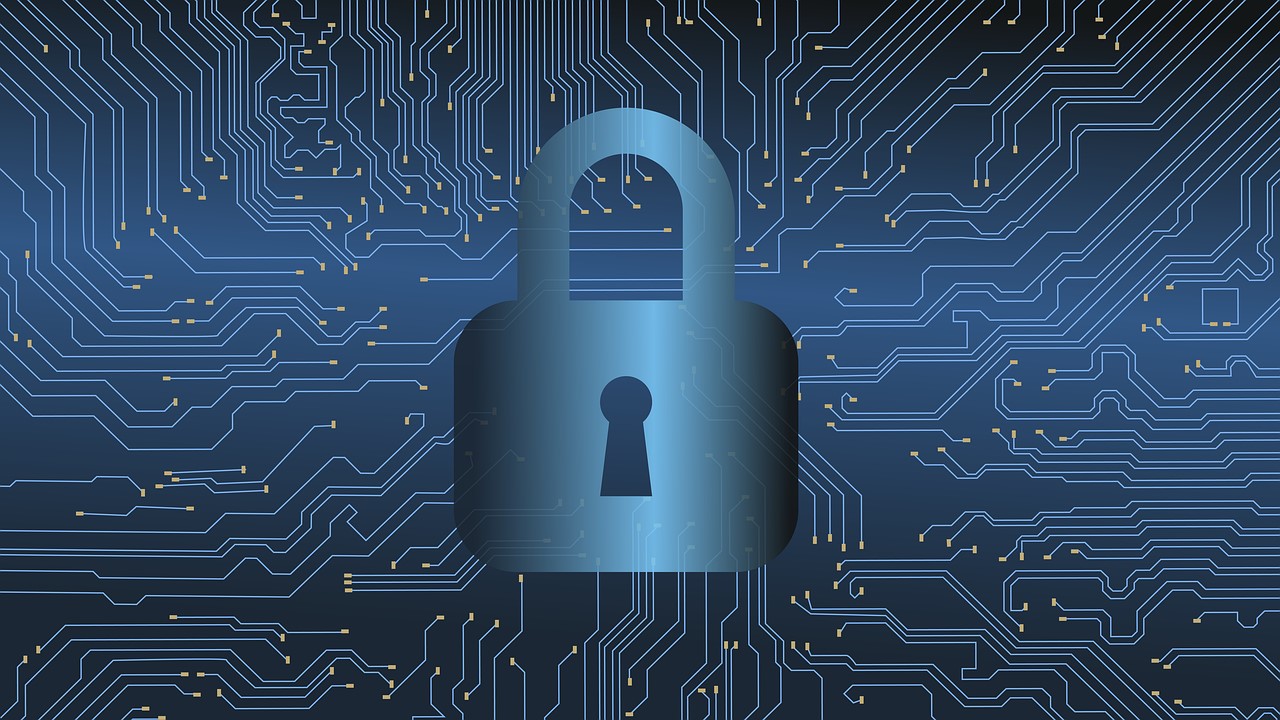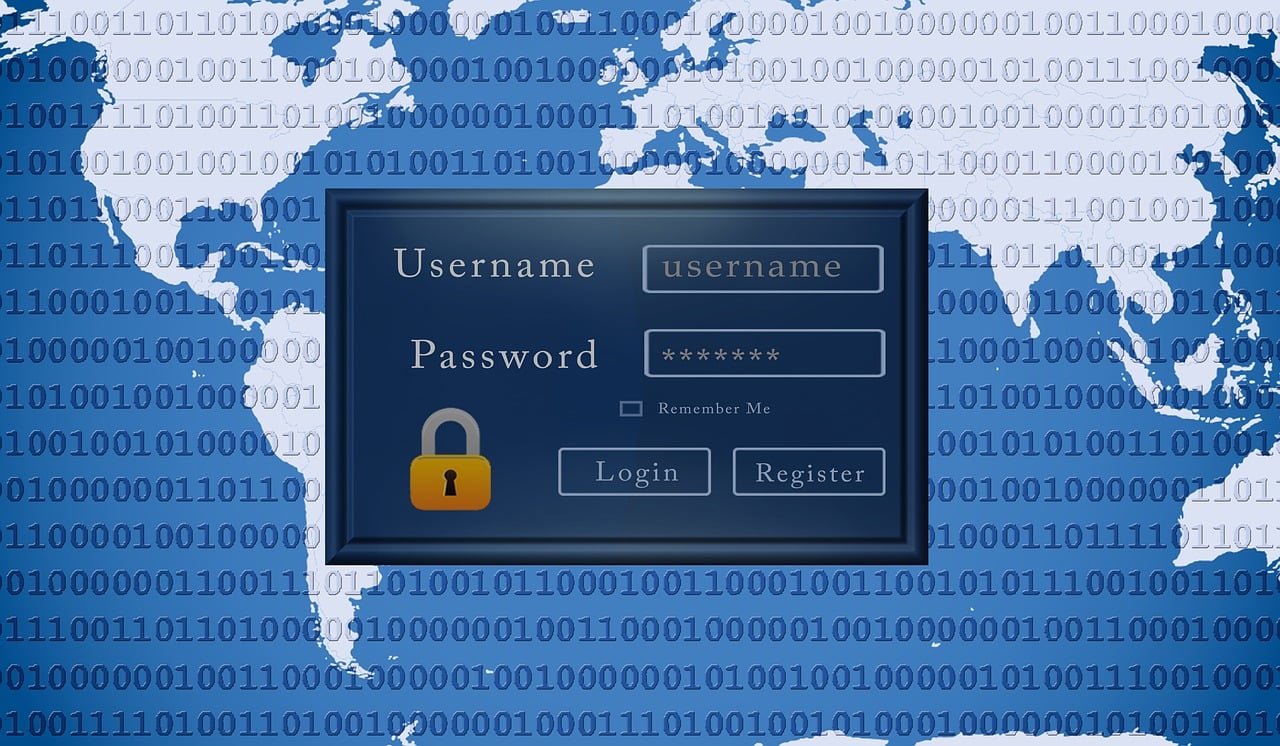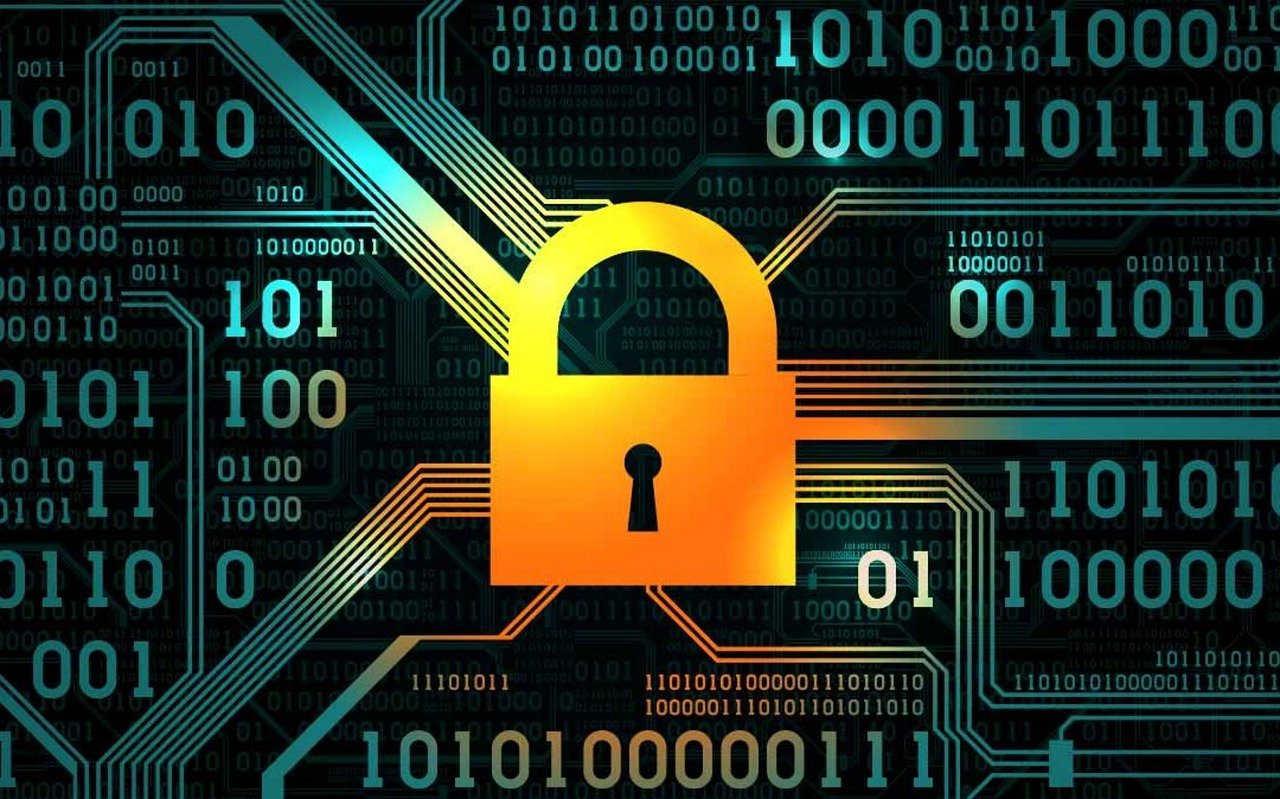IT Security - What You Need To Know
What Is IT Security?
IT security, also known as Information Technology security, refers to the measures and practices implemented to protect digital information and computer systems from unauthorized access, disruption, or damage. It encompasses a wide range of technologies, processes, and policies designed to safeguard data, networks, and computer systems from various threats, including cyberattacks, data breaches, malware, and unauthorized access.
IT security involves implementing protective measures such as encryption, firewalls, access controls, and intrusion detection systems, as well as promoting user awareness and best practices to mitigate risks. By ensuring the confidentiality, integrity, and availability of information, IT security plays a crucial role in safeguarding sensitive data and maintaining the trust and reliability of digital systems in today's interconnected world.
The Importance of IT Security in the Digital Age
In the digital age, the importance of IT security cannot be overstated. With the increasing reliance on technology and the interconnectedness of systems, the risks and threats to sensitive information have become more prevalent than ever before. IT security plays a vital role in protecting data, networks, and computer systems from unauthorized access, data breaches, and cyberattacks. It ensures the confidentiality, integrity, and availability of information, safeguarding the privacy of individuals, organizations, and even nations.
Effective IT security measures not only prevent financial losses and reputational damage but also help maintain trust, reliability, and business continuity in an increasingly digital and interconnected world. By prioritizing IT security, businesses and individuals can mitigate risks, protect their valuable assets, and navigate the digital landscape with confidence.
What Is The Difference Between Internet Security and Cyber Security?
While the terms "internet security" and "cybersecurity" are often used interchangeably, there is a subtle distinction between the two. Internet security primarily focuses on protecting systems, networks, and data that are connected to the Internet. It deals with safeguarding information exchanged over the internet, securing online transactions, and protecting against threats specific to internet-based activities.
On the other hand, cybersecurity has a broader scope and encompasses the protection of digital systems, networks, and data in various contexts, whether they are connected to the internet or not. Cybersecurity encompasses all aspects of information security, including internet security, but extends to offline environments and includes protection against threats such as unauthorized physical access, internal breaches, and malware introduced through offline means.
In summary, internet security focuses on protecting online activities and systems, while cybersecurity encompasses a wider scope, covering digital security in both online and offline contexts.
Common IT Security Threats and Attacks
In today's interconnected world, understanding common IT security threats and attacks is crucial for maintaining a safe and secure online environment. Cybercriminals employ a wide range of techniques to exploit vulnerabilities and gain unauthorized access to sensitive information.
Common threats include malware, such as viruses, worms, and ransomware, which can infect systems and cause significant damage or data loss. Phishing attacks, where attackers masquerade as legitimate entities to deceive users into revealing personal information, are also prevalent. Other threats include Distributed Denial of Service (DDoS) attacks, where networks are overwhelmed with traffic, and SQL injection attacks, which target vulnerabilities in web applications.
By staying informed about these threats and implementing robust security measures, individuals and organizations can better protect themselves against potential attacks and mitigate the associated risks.
Advanced Persistent Threats (APTs)
Advanced Persistent Threats (APTs) are sophisticated and targeted cyber attacks that pose a significant threat to organizations' IT security. Unlike opportunistic attacks, APTs are carefully planned and executed by highly skilled adversaries who aim to infiltrate a network, remain undetected for an extended period, and extract valuable information or disrupt operations. APTs are often state-sponsored or perpetrated by organized cybercriminal groups seeking to steal sensitive data, intellectual property, or gain unauthorized access to critical systems. These attacks employ multiple stages, including initial reconnaissance, initial compromise, establishing persistence, lateral movement, and exfiltration. APTs leverage a combination of social engineering, zero-day exploits, and custom malware to bypass traditional security measures. Detecting and mitigating APTs requires a proactive and multi-layered approach that includes robust perimeter defences, advanced threat detection systems, regular security assessments, and continuous monitoring. Organizations must prioritize threat intelligence, employee education, and incident response planning to effectively defend against APTs and minimize the potential damage they can inflict on their IT infrastructure and sensitive data. By understanding the nature of APTs and implementing comprehensive security measures, organizations can strengthen their resilience against these persistent and highly targeted threats.
Defending against APTs requires a comprehensive and multi-layered approach to IT security. This includes implementing strong perimeter defences, such as firewalls and intrusion detection systems, to prevent initial compromises. Advanced threat detection systems, such as behavioural analytics and anomaly detection, play a crucial role in identifying suspicious activities and indicators of compromise within the network. Regular security assessments and penetration testing help identify vulnerabilities and weaknesses that could be exploited by APTs.
What Impact Does A Cyber Attack Have On My Data?
A cyber attack can have a significant impact on your data, leading to potentially devastating consequences. When a cyber-attack occurs, your data can be compromised, stolen, or even destroyed. The impact can range from unauthorized access to sensitive information, such as personal or financial data, to the loss of critical business data, intellectual property, or customer records.
Cyber attacks can disrupt operations, resulting in costly downtime and loss of productivity. They can also lead to financial losses, legal liabilities, damage to reputation, and erosion of customer trust. Depending on the nature and severity of the attack, data breaches can have long-lasting effects on individuals and organizations alike. It is essential to implement robust cybersecurity measures to protect your data, including encryption, access controls, regular backups, and incident response plans.
By proactively safeguarding your data and mitigating the risks of cyber attacks, you can minimize the potential impact on your valuable information and maintain the integrity and security of your digital assets.














